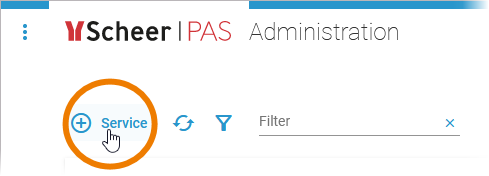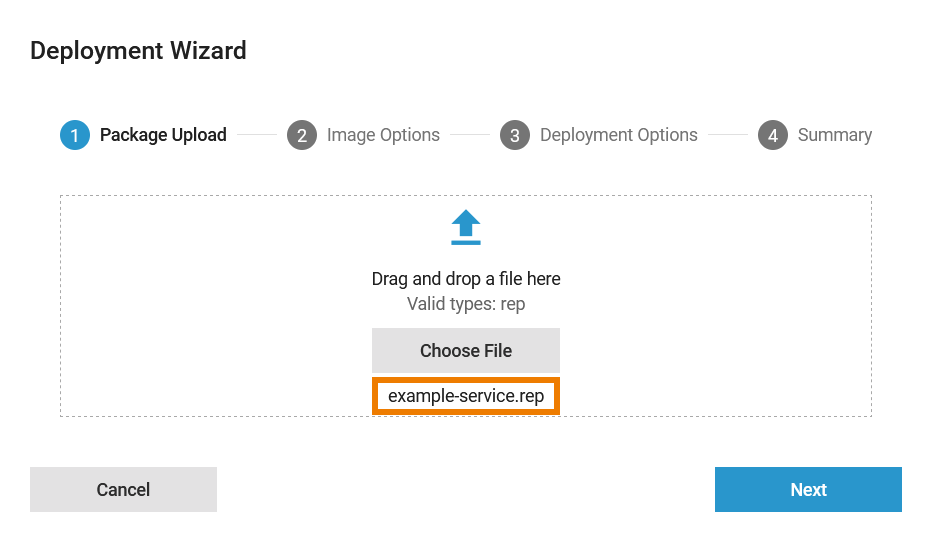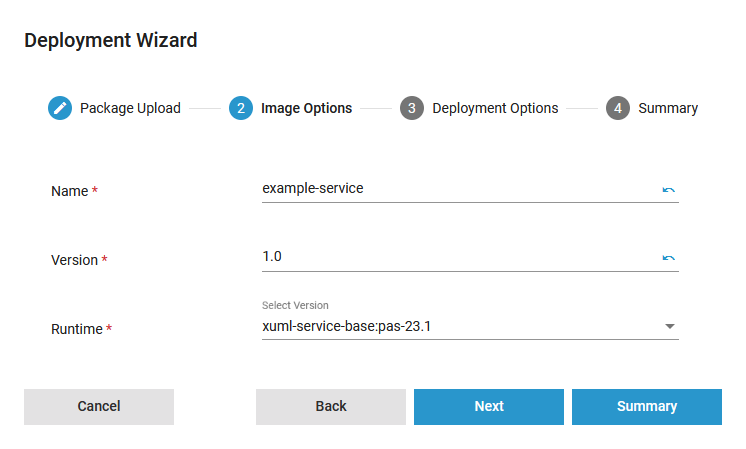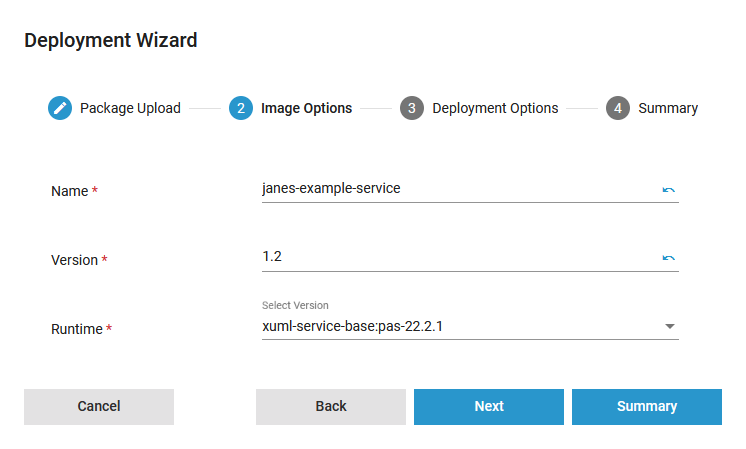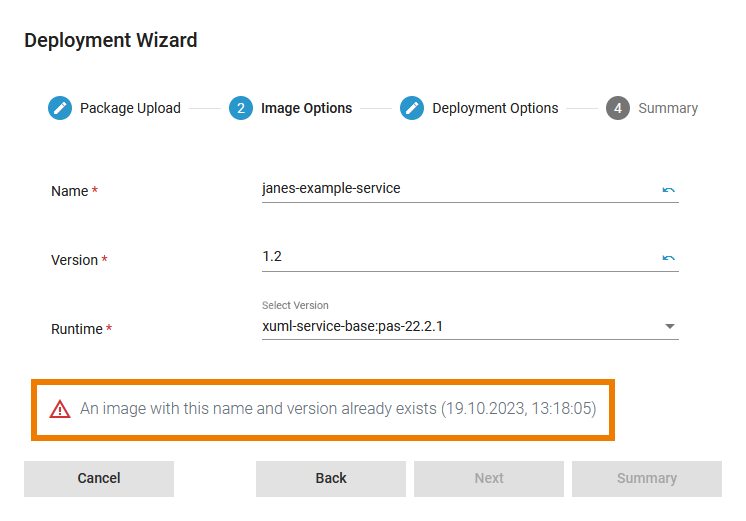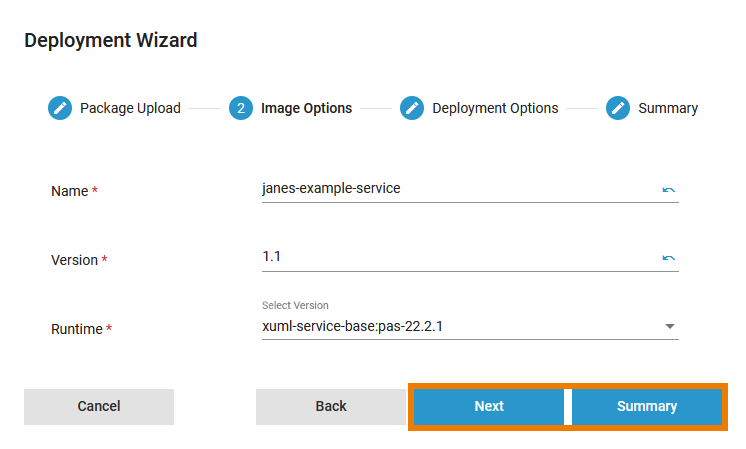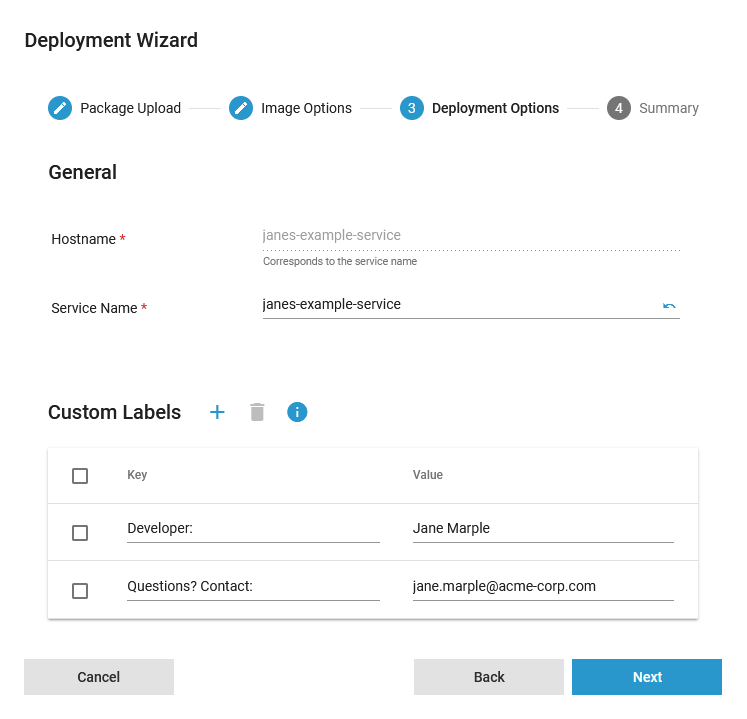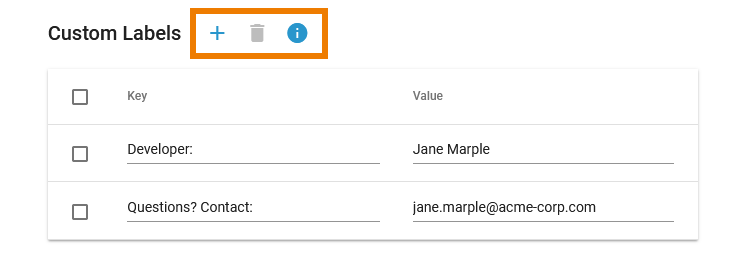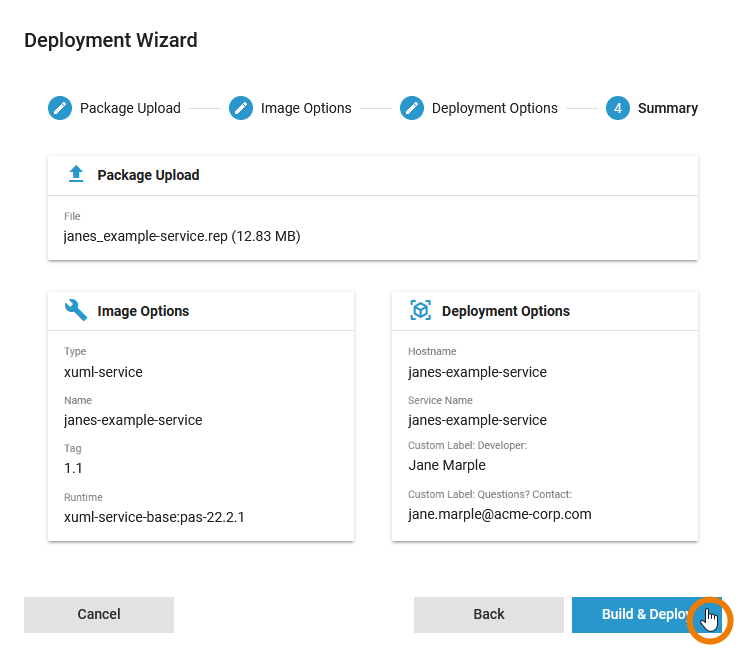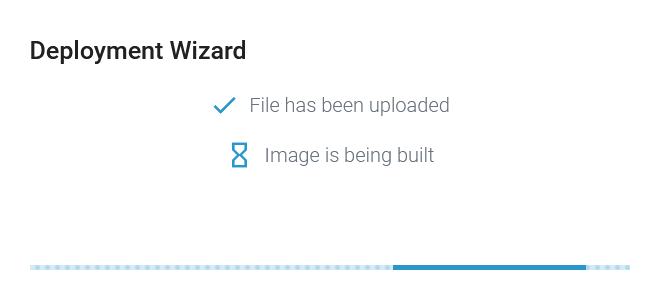- Created by Annegret Bernhardt, last modified on May 22, 2023
You are viewing an old version of this page. View the current version.
Compare with Current View Page History
« Previous Version 4 Next »
With the deployment wizard, Scheer PAS provides a tool to deploy xUML services as Docker container and Kubernetes workload. All you need is the repository (.rep file) of the service.
| To access the deployment wizard, open the Administration. Your user needs the profile xuml_container_admin to use the deployment wizard and to manage xUML services in the Administration. |
| Use icon |
| The wizard opens in a pop-up window. As soon as you have selected the .rep file of the service, the wizard guides you through the necessary steps to create an xUML service. For detailed information how to handle containerized xUML services after successfull deployment, refer to one of the following pages (depending on your setup): |
Step 1: Package Upload
| First, select the .rep file of the service you want to deploy. You can use the button Coose File to search your computer or drag and drop the file within the framed box. The name of your service is then displayed below the button. Click Next to continue. |
Step 2: Image Options
| In step 2, you can adapt the image options. Name and Version are mandatory and cannot be empty. |
| The image options are:
Only . (dot) and - (minus) are allowed as special characters and you cannot start or end the name with them.
|
| An image must have a unique designation. You will get a warning message if an image with the same name and version already exists. In that case, you must at least change name or version of the image. |
| When all mandatory fields have been filled, you have two options:
|
Step 3: Deployment Options
| Step 3 is optional and allows you to adapt the deployment options. It is divided into different sections: | ||||||||
| GeneralIn this section, you can find the following options:
| ||||||||
| Custom LabelsIn this section, you can mark the service with additional short information. After deployment, the labels will be visible in the service details.
|
Step 4: Summary
| In the last step, you can check all deployment-related information again. Three sections are summarizing the information provided:
If you want to adapt some of your inputs, use the Back button or click on one of the steps in the navigation to access it directly. Click Build & Deploy to start the deployment process. |
| The wizard starts the deployment and keeps you updated about the running deployment steps. This information is read-only, you cannot intervene in the process now. |
| You can take action again when the deployment has been completed.
For detailed information how to handle containerized xUML services after successfull deployment, refer to one of the following pages (depending on your setup): |
- No labels

